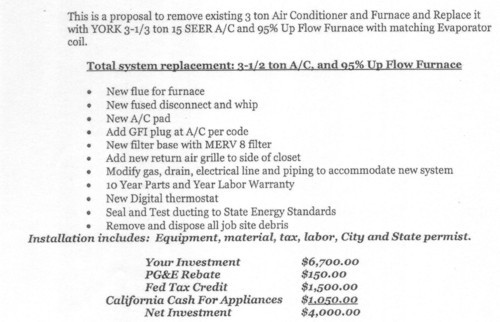RobbieB
Give me a museum and I'll fill it. (Picasso) Give me a forum ...
- Joined
- Mar 22, 2016
- Messages
- 8,968
It got final approval from the city inspector and it's in to PG&E for "permission to operate", I checked the PG&E site for more info and found something interesting. The net metering cap was set by law at 5% of total generation and it's almost gone.
Of the 2409 megawatts allowed only 7%, 174 MW remain. Woo-hoo, in right under the wire -
Of the 2409 megawatts allowed only 7%, 174 MW remain. Woo-hoo, in right under the wire -


